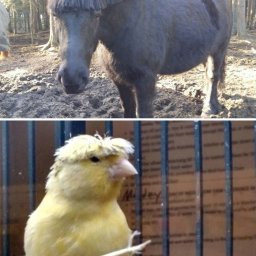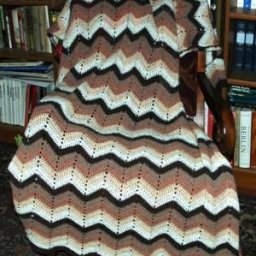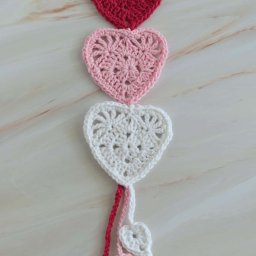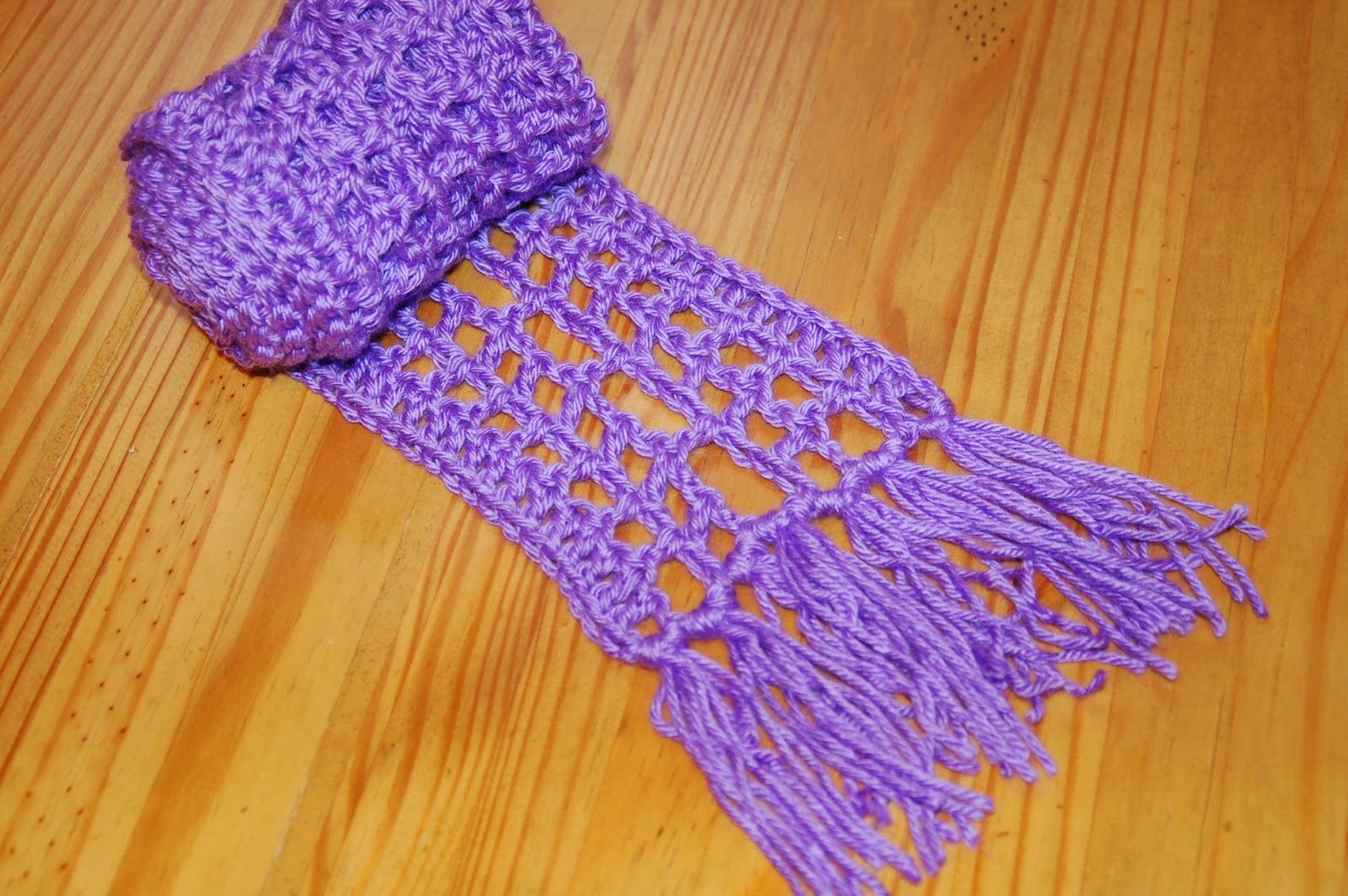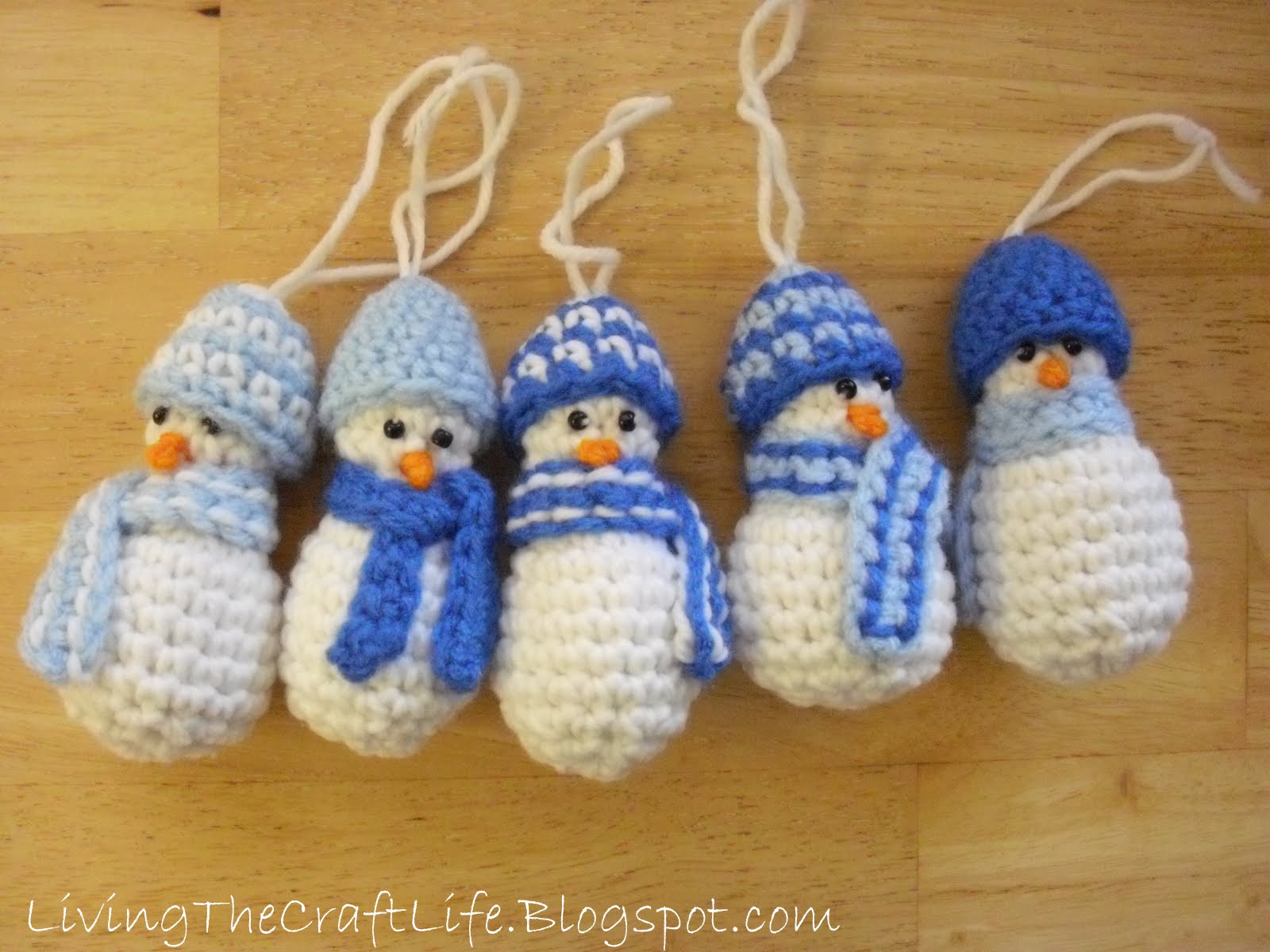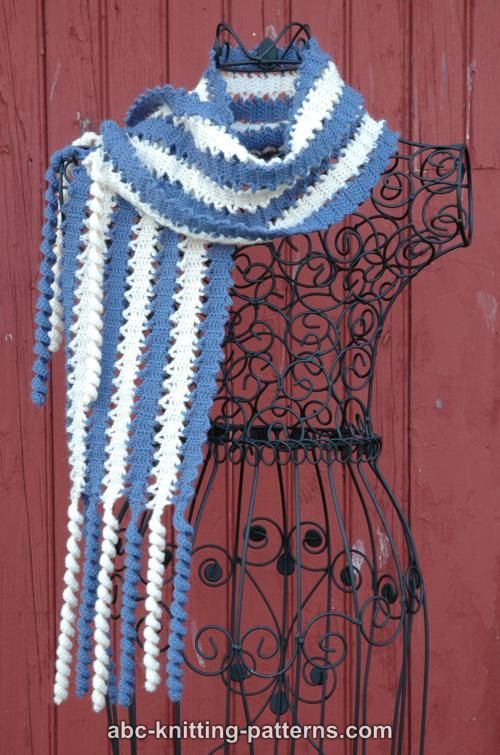How to Crochet Beautiful English Lace Doilies
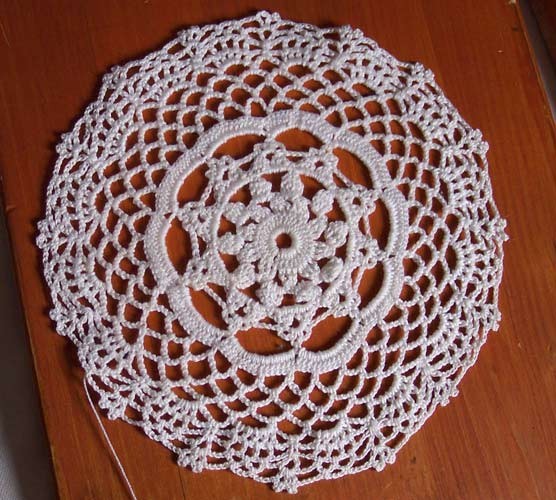
Crochet English lace doilies are intricate and delicate creations that add a touch of charm to any home decor. They serve as beautiful table accents, perfect for displaying under vases, candles, or as standalone decorations. The intricate patterns and designs of English lace doilies showcase the time, care, and skill that goes into crocheting them. Whether you're an experienced crocheter looking for a new challenge or a beginner eager to learn a new technique, creating a crochet English lace doily can be a rewarding and enjoyable project that you'll be proud to showcase in your home. Its timeless elegance and intricate details are sure to delight both the maker and anyone who sees the finished piece.
Specifications
Size: 8 1/2" (21 cm.) diameter
Material: Cebelia #10, color white, hook 1.5 mm (US steel #8)
Stitches: ch, sl st, sc, hdc, dc, dcl = 3-dc cluster = dc not closed on first st, dc not closed on 2nd st, dc not closed on 3rd st, close the 3 dcs together, trc = 4-tr cluster = 4 tr worked on same lp and closed together, picot = 3ch, sc in top of st just done
Difficulty: average
Directions
Start with 12 ch, join with sl st.
1. 30 dc in lp; join with sl st to first st.
2.*dcl on next 3 dc, 2 ch*; Repeat * to * 10 times, join with sl st to first st.
3.*trc on next lp, 4 ch*; Repeat * to * 10 times, join with sl st to first st.
4.*(sc, hdc, dc, 2 ch, dc, hdc, sc) in next sp*; Repeat * to * 10 times, join with sl st to first st.
5.sl st to first 2-ch sp; *(sc, 2 ch) 2 times in next sp, sc in same sp, 4 ch*; Repeat * to * 10 times, join with sl st to first st.
6.sl st to 2nd 2-ch sp; *sc in second 2-ch sp, 9 ch*; Repeat * to * 10 times, join with sl st to first st.
7.*16 dc in next 9-ch sp*; Repeat * to * 10 times, join with sl st to first st.
8.*sc in next dc, 6 ch, sk 4 dc*; Repeat * to * 32 times, join with sl st to first st.
9.*sc in next sp, 6 ch*; Repeat * to * all around, join with sl st to first st.
10.*sc in next sp, 6 ch*; Repeat * to * all around, join with sl st to first st.
11.*sc in next sp, 6 ch*; Repeat * to * all around, join with sl st to first st.
12.*(dc, 1 ch) 4 times in next sp, dc in same sp, sc in next sp, 3 ch*; Repeat * to * all around, join with sl st to first st.
13.*(dc in next 1-ch sp, 2 ch) 3 times, dc in next 1-ch sp, 3 ch, sc in next sc, 3 ch*; Repeat * to * all around, join with sl st to first st.
14.*(sc in next 2-ch sp, 3 ch) 3 times, (dc, 2 ch, dc) in next sc, 2 ch*; Repeat * to * all around, join with sl st to first st.
15.*sc in next 3-ch sp, 3 ch, sc in next sp, 4 ch, (dc, picot, dc, picot, dc) in next 2-ch sp, 4 ch*; Repeat * to * all around, join with sl st to first st. Cut thread.
Additional Notes
- Substitute every (also if not explicitly said) first st in a row as follows:
- first sc with 1 ch, sc;
- first hdc with 2 ch;
- first dc with 3 ch;
- first tr with 4 ch...and so on;
- When you read "sl st to <location>", where the location is not immediately contiguous to last st, this means of course "an appropriate number of sl sts for reaching <location>".
- Also if I do not specify it, if you lasted prev row on a st (say st1), while you must start next row in another st (say st2), make an appropriate number of sl sts to reach st2.





